Get More Information about Huawei P30 Pro in this Review
Here you will be able to read the best Huawei P30 Pro review to understand what are the jargon related to Huawei P30 Pro specs, in terms of battery capacity, CPU type, display size, etc. Thus, you will know their meanings, and you’ll be able to select wisely when you buy a new smartphone.
Huawei P30 Pro model status in the market is Available. However, it is announced by Huawei company on 3/26/2019 and Released on 2019, March 26.
Huawei P30 Pro has 128GB 6GB RAM, and 4200 mAh battery life (the more mAh value gives more strength to the battery). When you purchase Huawei P30 Pro, you will gain 40 MP, f/1.6, 27mm (wide), 1/1.7″, PDAF, OIS rear camera, and 8 MP selfie camera.
Huawei P30 Pro comes with 6.47 inches, a 102.8 cm2 display size.
Huawei P30 Pro has these software and hardware platforms:
* Android 9.0 (Pie), upgradable to Android 10, EMUI 10 OS,
* Kirin 980 (7 nm) Chipset
* Octa-core (2×2.6 GHz Cortex-A76 & 2×1.92 GHz Cortex-A76 & 4×1.8 GHz Cortex-A55) Processor.
In this article, you will find the Huawei P30 Pro review which will explain the main Huawei P30 Pro specifications that you need to make a wise decision about your new device.
This Huawei P30 Pro Review Is Your Guide To Know The Body Specs
When planning to buy a new mobile phone, the body characteristics must be taken into consideration. These physical specifications include body size, weight, and build. You can read the Huawei P30 Pro review in terms of the body characteristics in the lines that follow.
* Body Dimensions: 158 x 73.4 x 8.4 mm (6.22 x 2.89 x 0.33 in) which means height, width, and thickness (depth) respectively.
* Body Weight: 192 g (6.77 oz).
For cellular phones, a weight between 140g to 170g is considered suitable and appropriate for most people.
* Body Build: Glass front (Aluminosilicate glass), glass back (Aluminosilicate glass), aluminum frame.
The following body types of smartphones are available:
* Metal. Due to the fact that it is made of metals, it is the most powerful in terms of saving the mobile phone’s internal parts.
* Plastic. This kind could be more durable than metal because it doesn’t flex. Additionally, because it doesn’t crash easily, it has a longer operating life than a glass one.
* Glass. This kind of cellular phone’s body looks more polished and attractive, despite the fact that the fragile nature of glass makes it more breakable.
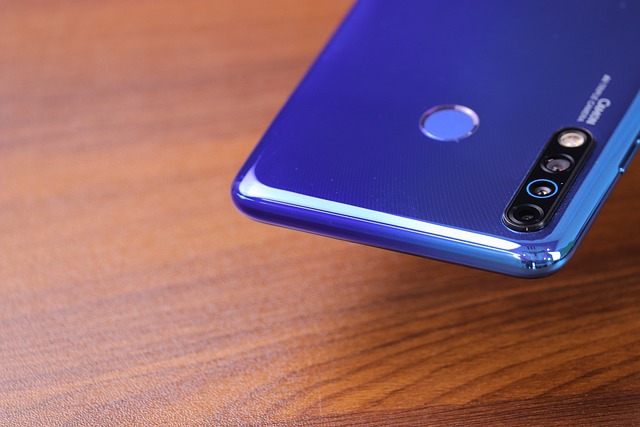
Huawei P30 Pro Review of The Available Colors
Modern smartphones come in a variety of colors. Companies are also manufacturing gradient colors in addition to solid color devices.
Huawei P30 Pro comes in the following colors: Aurora, Amber Sunrise, Breathing Crystal, Black, Pearl White, Misty Lavender, and Mystic Blue.

Knowing Display Specs Using Huawei P30 Pro Review
The display has always been a crucial component of cell phones. Still, ever since the advent of full-screen touch mobile phones, it has become imperious for manufacturers to provide the best display devices to consumers, which will boost the viewing and gaming experience.
Read on to know more about the major screen characteristics of the Huawei P30 Pro.
Display Type: OLED – Always select a screen type that offers true black and bright colors.
Display Size: 6.47 inches, 102.8 cm2 – These days, smartphones feature screens that measure between 4.7 and 6.5 inches.
Display HDR: HDR10 – Means that an image’s darkest and lightest parts have a noticeable contrast
Screen To Body Ratio: (~88.6% screen-to-body ratio). It refers to the percentage of how much of the front side is covered by the screen.. Smartphones that have the largest screen-to-body ratio look delicate and give it a premium look.
Display Ratio: 19.5:9 ratio. the Aspect ratio is the relevance between the height and width of the smartphone screen. Taller aspect ratios like 19.5:9 is coming with the most modern smartphones, and it is suitable for web browsing, and other portrait orientation apps.
Display Resolution: 1080 x 2340 pixels. It is the clarity of an image video in detail and sharpness. The pixel resolution for high-definition screens is 1920 x 1080.
Display Density: (~398 ppi density). It is the number of physical pixels per inch on a screen and is measured in Pixels Per Inch (ppi).
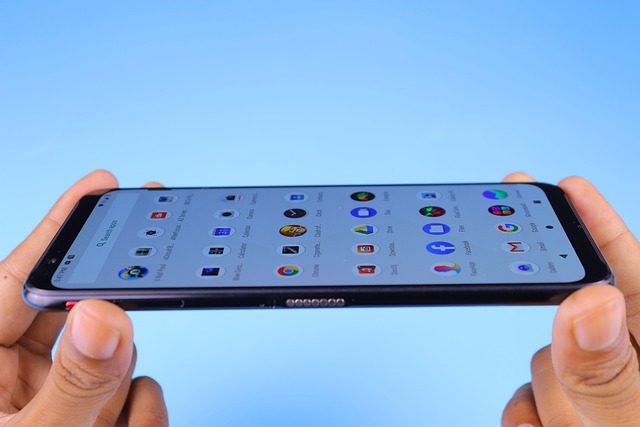
Huawei P30 Pro Review of The Camera Specs
In the following lines, you will find Huawei P30 Pro review about the main cameras.
* Main Camera Single: {40 MP, f/1.6, 27mm (wide), 1/1.7″, PDAF, OIS}.
Here are explanations about some of the symbols included in the camera characteristics:
MP (Megapixels) is the resolution of the image taken by a cellular phone.
(f value) is the aperture of a lens that indicates how much light it lets in. The larger the aperture, the more light is let in; and vice versa.
(mm value) This measurement is of the lens’s focal length, which affects the final image that is produced by your camera.
AutoFocus (AF) is the function of a camera to automatically focus on a subject.
* Main Camera Dual: 8 MP, f/3.4, 125mm (periscope telephoto), 1/4.0″, PDAF, OIS, 5x optical zoom
* Main Camera Triple: 20 MP, f/2.2, 16mm (ultrawide), 1/2.7″, PDAF
* Main Camera Quad: TOF 3D, (depth)
The main camera features are as follows:
dual-LED dual-tone flash, HDR, panorama, Leica optics, 4K@30fps, 1080p@60fps, 1080p@30fps (gyro-EIS), 720p@960fps main video camera.
In the following lines, you will find a Huawei P30 Pro review of the selfie camera:
* Selfie Camera Single: 8 MP
The main camera features are:
LED flash, 1080p@30fps Selfie video camera.
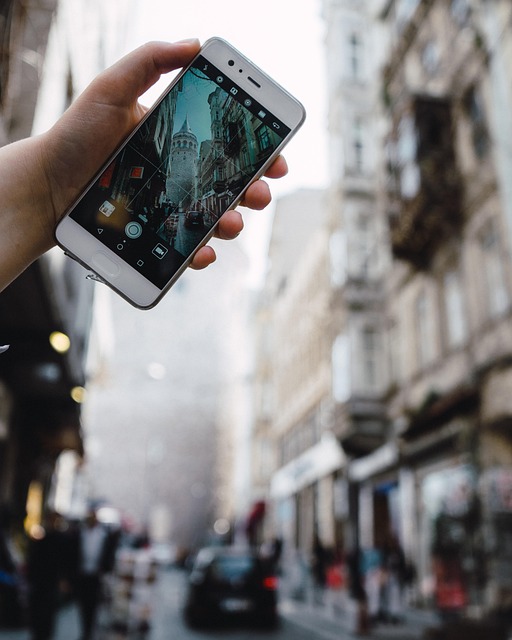
Knowing The SIM Specs By Reading Huawei P30 Pro Review
A SIM card, also known as a Subscriber Identity Module, is a microchip that stores information including user identity, phone number, network authorization data, personal security keys, and contact lists. A SIM card connects a cellular phone to a specific mobile network to use its functions, like making calls, connecting to internet services such as 3G, 4G LTE (please refer to Huawei P30 Pro 3G or Huawei P30 Pro 4G articles ), and 5G, or sending SMS messages. Please note that it’s possible to use your smartphone without a SIM card as a personal assistant device.
This phone model comes with Single SIM (Nano-SIM) or Hybrid Dual SIM (Nano-SIM, dual stand-by) card. For more info, refer to the How to insert SIM card in the Huawei P30 Pro article.
Here are the common SIM card types:
* Nano-SIM. It is the smallest removable SIM card size, so it is the most modern one (other than eSIMs, which we’ll read about it very soon) and it’s used by the vast majority of current cellular phones.
* Micro SIM. They have a slightly larger chip, and they haven’t been utilized too often recently.
* Standard SIM (Mini-SIM). It is the biggest SIM card size in use, and it’s the most rarely used.
* eSIM. It is an embedded SIM card, i.e., you can’t take it off of your cellphone.

The Performance – Huawei P30 Pro Review
This model has Kirin 980 (7 nm) chipset.
A chipset on a smartphone is most usually referred to as a system-on-chip (SoC). It is an integrated circuit that houses all of a device’s essential components on one chip.. The most famous kinds are QUALCOMM Snapdragon, MEDIATEK CHIPSETS, and INTEL ATOM.
Huawei P30 Pro has Octa-core (2×2.6 GHz Cortex-A76 & 2×1.92 GHz Cortex-A76 & 4×1.8 GHz Cortex-A55) CPU.
The higher the number of cores and the higher the processing speed the better the processor’s performance will be.
Huawei P30 Pro has the following GBU (Graphics Processing Unit): Mali-G76 MP10.
All graphics jobs are processed and accelerated by this chip, and a faster GPU means a more powerful cellular phone will.
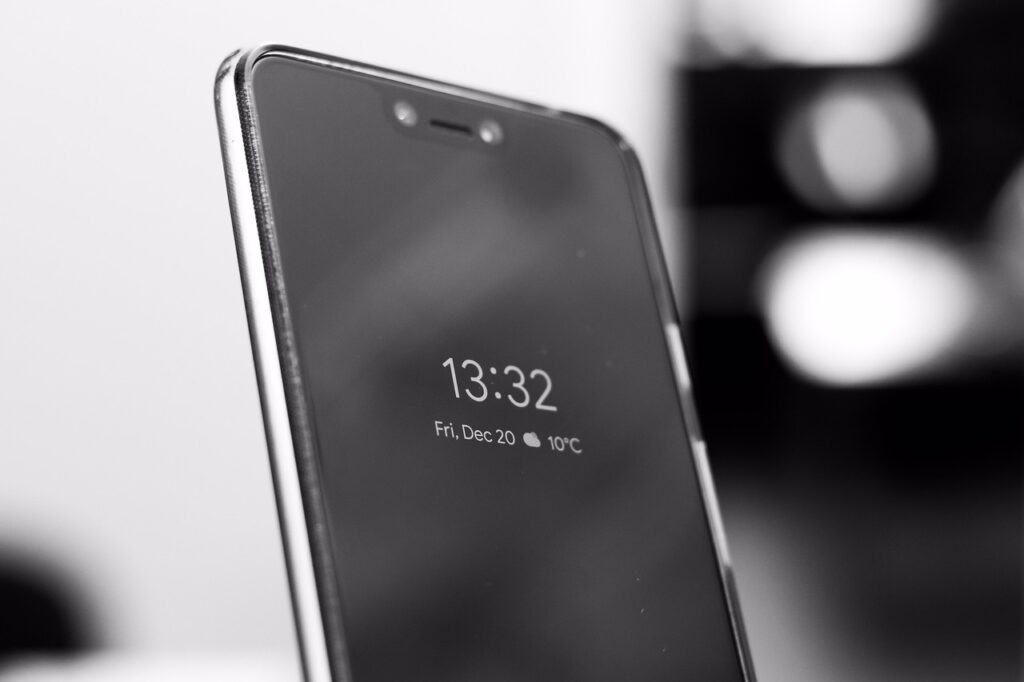
Storage characteristics – Huawei P30 Pro Review
One of the essential deciding factors, when you intend to buy a new cellular phone, is the size of storage it offers. Actually, Huawei P30 Pro comes with NM (Nano Memory), up to 256GB (uses shared SIM slot) memory card slot, and the following internal storage: 128GB 6GB RAM – 128GB 8GB RAM – 256GB 8GB RAM – 512GB 8GB RAM
Two types of phone memory are available:
Internal: It is built in the phone, and can’t be increased. Nowadays, the majority of smartphones have internal storage that is at least 32GB or 64GB and a few high-end models feature 256GB or 512GB.
External: It is a removable SD card used as an alternative memory to store photos, music, videos, etc., regardless of the type of SD card slot.
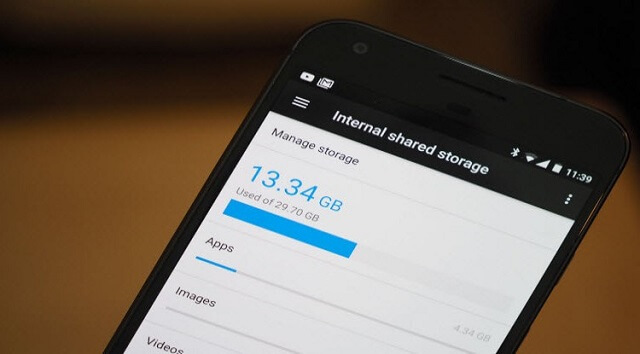
Mobile Networks and Connectivity – Huawei P30 Pro Review
The complicated architecture used by mobile networks covers base stations sending radio waves through hexagonal regions known as “cells” (hence mobiles also being known as cellphones). In order to prevent any signal-deficient locations, thousands of cells interfere across several geographic areas. 3 various network kinds available today: 3G, 4G, and 5G. These networks have the capacity to pick up and deliver mobile communications as well as transmit and receive data and information.
Huawei P30 Pro supports the following networks: 3G. For more information, refer to the Huawei P30 Pro 3G article. – 4G. For more information, refer to the Huawei P30 Pro 4G article.

Read About Wireless Connections – Huawei P30 Pro Review
This model comes with the following wireless connections:
* WLAN connection: {Wi-Fi 802.11 a/b/g/n/ac, dual-band, Wi-Fi Direct, hotspot}. Wireless Local Area Network depends on Wi-Fi to connect to the home or office wireless network using the local router and provides Internet access.
* Bluetooth connection: {5.0, A2DP, aptX HD, LE}. It is a common wireless communication protocol used to communicate two devices together over short distances, allowing them to share data between different devices.
* GBS connection: {Yes, with dual-band A-GPS, GLONASS, BDS, GALILEO, QZSS}. Global Positioning System enables cellphones to locate any position you need.
* NFC connection: {Yes}.Near Field Communication is a wireless technology that enables your mobile phone to send data to another device when they’re close together, so it’s commonly used for contactless payments. For more info, refer to NFC on Huawei P30 Pro article.
* USB connection: {USB Type-C 3.1}.Universal Serial Bus is wired technology that allows users to connect two devices, such as a smartphone with a PC, to either transfer data or charge the connected device.
* Features Sensors: {Fingerprint (under display, optical), accelerometer, gyro, proximity, compass, color spectrum}. The sensor is a device that detects and majors the changes in the nearby environment such as ambient light and motion.
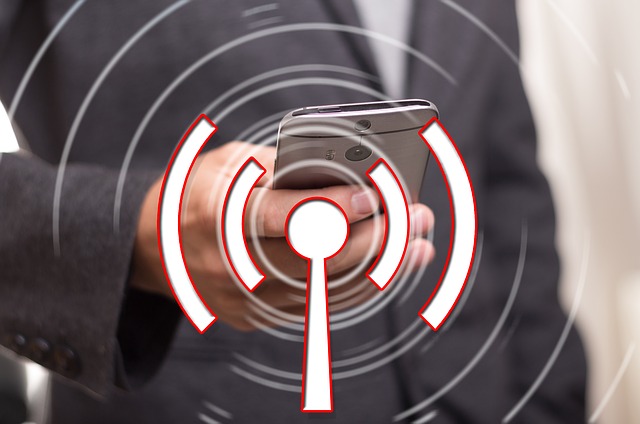
The Operating System – Huawei P30 Pro Review
This model comes with {Android 9.0 (Pie), upgradable to Android 10, EMUI 10} operating system.
Battery Main Specs – Huawei P30 Pro Review
Nothing is more essential than the cellphone’s battery, which powers these gadgets and keeps daily life going. The following lines are containing a Huawei P30 Pro review of its main battery.
* Battery Technology: {Li-Po}.
* Huawei P30 Pro comes with {non-removable} battery.
* Battery Capacity: {4200} mAh. It refers to the amount of storage volume a specific battery can provide. A battery with a 3100 mAh capacity rating could supply a current of 3100 mA for one hour. Higher mAh ratings for the same battery kind will usually mean more working time.
* Battery Charging: {Fast charging 18W}.
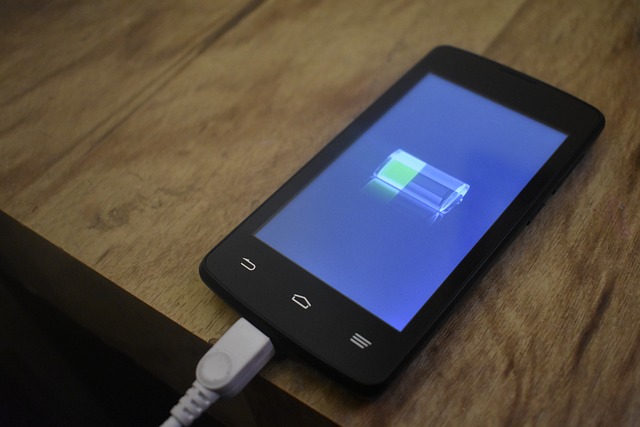
Huawei P30 Pro Review – The Battery Secondary Specifications
In addition to the major Huawei P30 Pro specs that we mentioned earlier, this model has more battery-related characteristics that are relatively varied depending on the type of cellphone. Here are these specs:
* Battery Charging Original: {Fast charging 40W, 70% in 30 min (advertised), Fast wireless charging 15W, Reverse wireless charging 2.5W}.
* Quick Charge: {Quick Charge 3.0}.

